One of the most ancient fabrics known to humankind, Linen has incorporated in our minds so deeply that it has become an identity. When the fabric market is dominated by cotton, viscose, and synthetic materials, we continue to refer to all bedclothes and some garment pieces as Linen.
Not just a fabric, Linen has been and remains an integral part of religious worshiping and custom practices for numerous religions. From a sabbaton to wedding garments and death shrouds, Linen keeps on being an attribute of life milestones for people worldwide.
Today, Linen is making its comeback on the market with a new mission. It becomes the attribute of sustainable fashion and conscious consumption. Those are lifestyle concepts that raise awareness about the modern economy’s impact on the environment and quality of life.
We are used to seeing Linen in home textile and décor elements such as curtains, tablecloths, rugs, or lay pillowcases. However, today you may notice Linen more often on fashion week runways worldwide and in popular lifestyle blogs.
What is so special about this ancient material that preserves and develops its significance throughout humankind’s history? In this article, we shall discuss Linen’s peculiarities, its distinctive features, history, and benefits. Before we do that, in case you would like to know more about fabrics in general read my blog on “Basic things you need to know about textile, materials and fabrics”
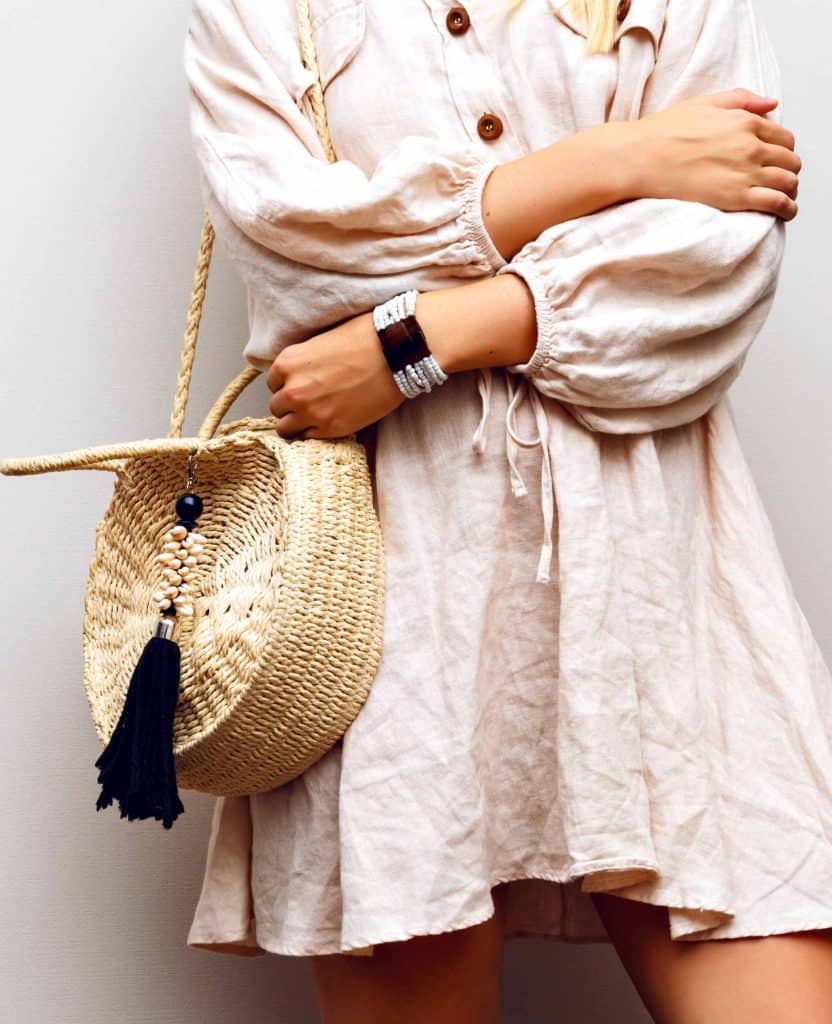
What is Linen?
First, let`s understand what we are dealing with. Linen is not just another fabric. It is the ultimate embodiment of a sustainable material. Linen comes from fibers of Flax – a plant that literary grows in every region and country in the world. This is why you find linen items and records about this fabric in dig sites and every known civilization’s historical documents. Some of those records date back to 6000 BC, making Linen the most ancient hand-made material. The technology of making linen yarn hasn`t changed much since then. Initially, people were pulling Fax plants out of the ground, extracting the fibers.
Of course, cutting the plants is a much more time-efficient way of harvesting, but they say that cutting seriously compromises the final fabric’s quality. After collection and careful sorting, and retting, fibers get released from plant stock and become the yarn foundation for linen fabric.
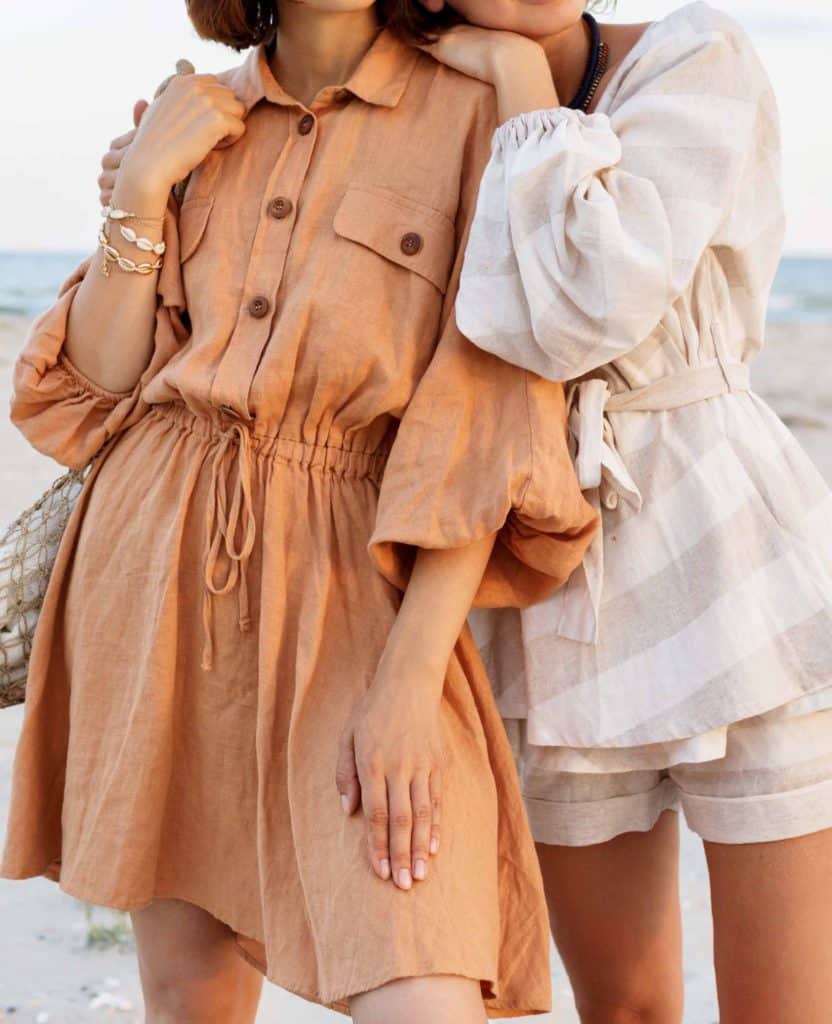
The motherland of the best Linen
Although Flax plant and linen manufacture are available worldwide, certain areas are famous for their best-quality Linen.
Since Flax is pretty sensitive to heat and preferred mild climates, the best Linen traditionally comes from Europe.
France, Belgium, Ireland, and Baltic countries are world-recognized leaders in Linen manufacture.
Once you take a closer look at linen labels, you may notice many mentions of Belgium. This country is not the leader of linen manufacture volumes, but its climate and soil peculiarities appear perfect for Flax growth, providing the best-quality fibers. That is why labels saying “Belgian Linen” are ultimate quality marks for linen items.
Types of Linen and their peculiarities
Linen is a very broad term that includes various types of fabrics. Although all of them are made from the same plant fibers, they distinguish multiple Linen fabric kinds. Each of them has its peculiarities, benefits, and application in the textile industry.
Damask Linen
This fabric is famous all over the world as the most delicate and sophisticated type of Linen. Its distinctive feature is the specific weaving pattern that gives it a unique ornate look. The very name – Damask – comes from an ancient Syrian capital that was once the core of textile trade between the Eastern and the Western worlds.
Damask Linen is mostly used for festive decorations and unique occasion apparel due to its sophistication and delicate nature.
Sheeting Linen
This is the kind of Linen we are mostly used to. Due to its smooth texture and higher thread count, it is a versatile and durable fabric, perfect for bedding and clothes.
Plain Linen
You mostly see this fabric in household items, especially the kitchen and dish towels. It is a very durable and sustainable material, which may be used and washed multiple types without losing its look and features.
Loose Weave Linen
This material is mostly familiar to new mothers who preach an eco-friendly approach. Due to its high absorbing qualities, loose-weave Linen is a perfect material for reusable diapers and swaddles. It is also soft and hypoallergenic, making loose weave linen an ideal material for baby-care goods.
Why and when should you choose Linen?
Linen’s main distinctive features, which make it even more popular than cotton, are its durability and versatility. Being up to 3 times more substantial than cotton,(more on cotton fabric, check my blog on Everything you need to know about Cotton Fiber (Organic vs Natural) linen fabric dries much faster in natural conditions. This is a powerful argument for those who want to reduce energy consumption and avoid using dryers.
Linen is also famous for its temperature and moist-wicking qualities, making it a perfect material for bed sheets and clothes. Especially, in the summer, when temperature and moist balance become a crucial healthcare matter.
Except for being hypoallergic, Linen also has significant antibacterial features. This quality has made it a preferable material for bandages long before people have learned about pathogens and infections. Today this feature makes it a perfect material for children`s apparel and care goods and clothes for people with sensitivities and other skin conditions.
Another feature that made Linen so popular in the fashion industry is its unprecedented ability to absorb and hold coloring. You may color linen fabric into any color and be sure that it won`t fade even after numerous washes.
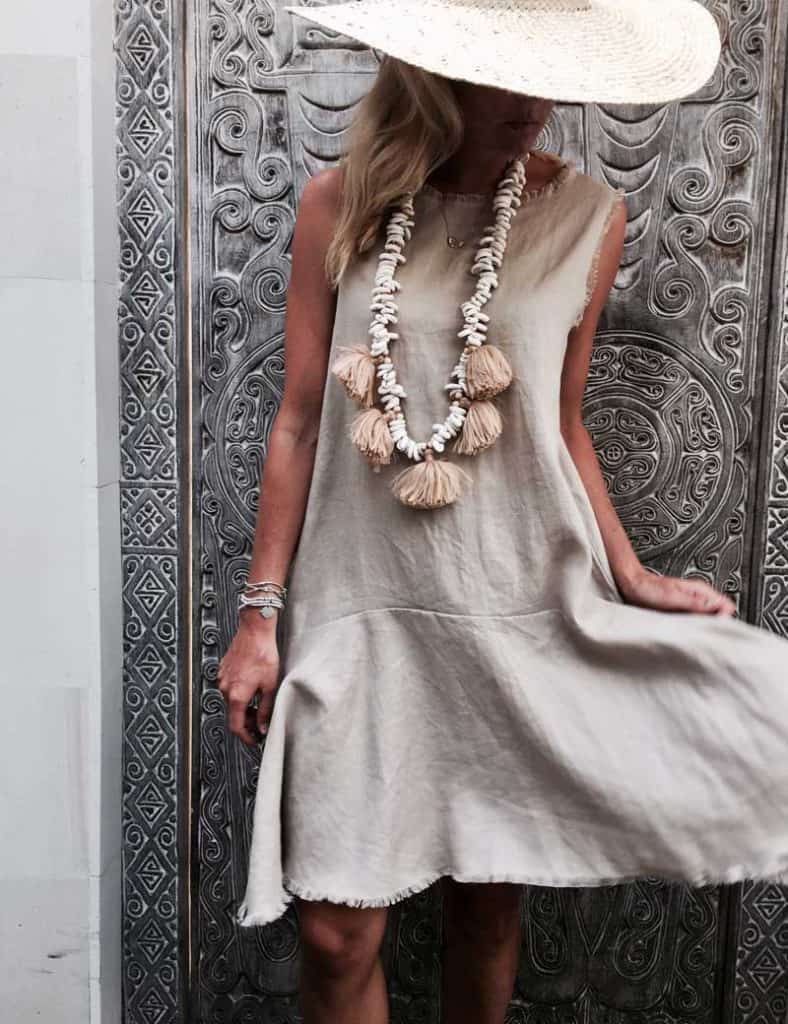
Care Tips
The main downside of Linen might be its easy wrinkling. If you decide to adopt linen fabric in your wardrobe, prepare for a lot of ironing. However, there is another popular trend in sustainable fashion that, in contrast, embraces the casual wrinkly Linen look.
In case you decide to go for a neat and ironed look, you may want to remember grandma`s tips of using a touch of corn starch spray for your linen laundry to get that famous crispy sense.
Another tip is to make sure that the item is totally dry before you wear it. Wrinkles that appear on damp fabric are the most stubborn ones.
Linen’s best feature is that it only becomes softer and more durable the more you use it. However, just like Cotton, Linen tends to shrink. That is why you should avoid hot temperatures while doing laundry or use dry cleaning services while dealing with delicate items.
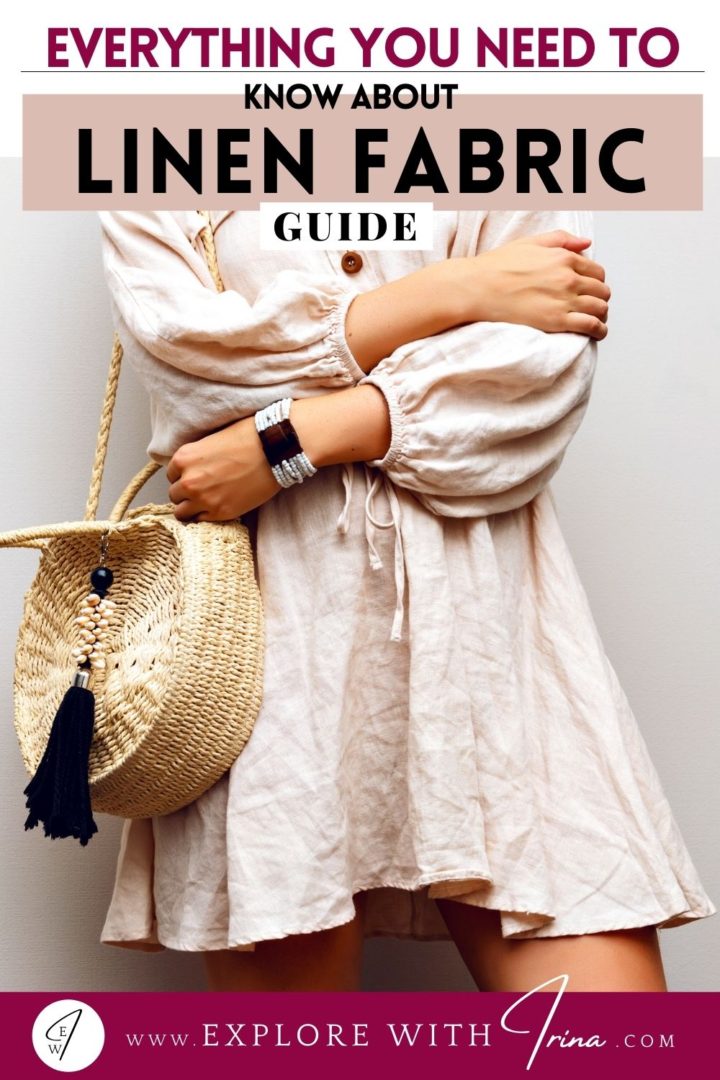
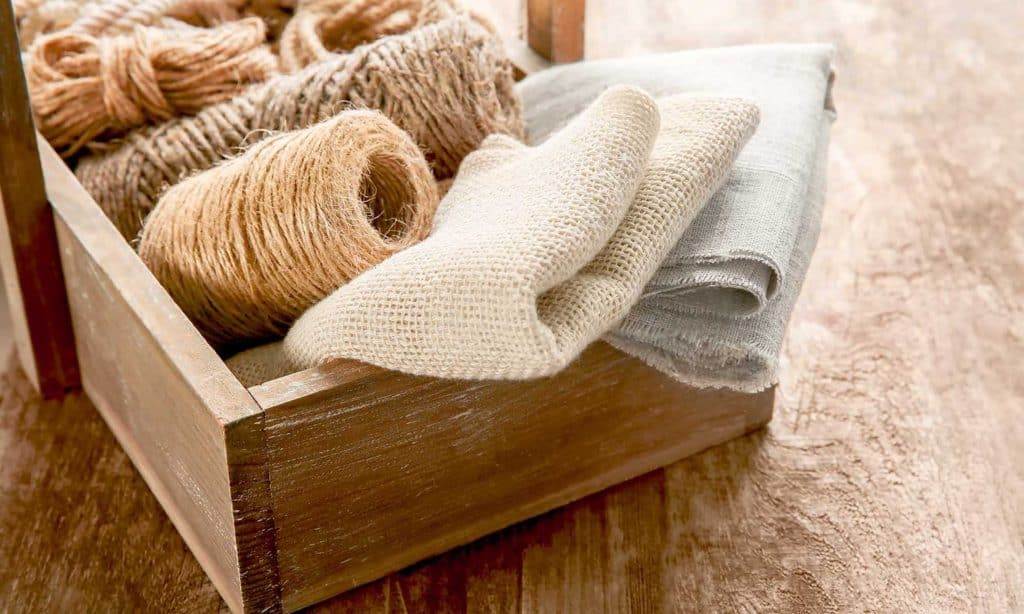






Oh my goodness! Amazing article
dude! Many thanks, However I am experiencing problems with your RSS.
I don’t know the reason why I cannot join it. Is there anybody else
having
identical RSS problems?
Anybody who knows the solution can you kindly
respond?
Thanks!!
Hi to every single one, it’s actually a pleasant for me to pay a visit this site, it includes priceless Information.